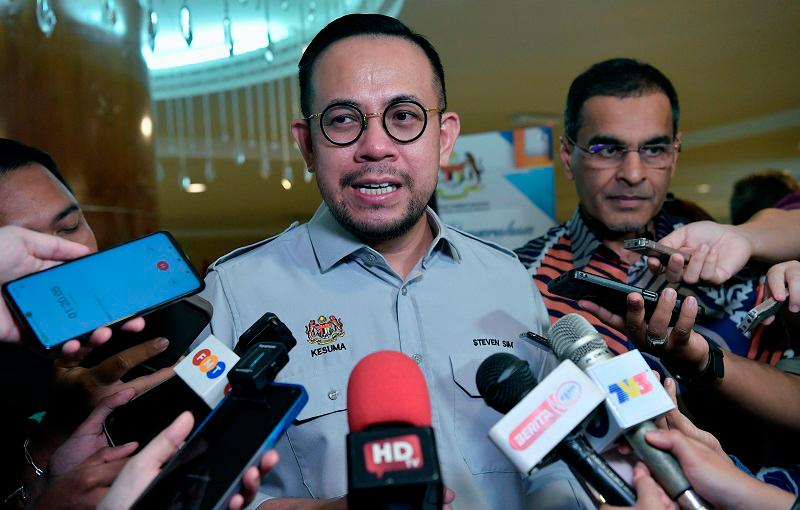KUALA LUMPUR: The Ministry of Human Resources (MOHR) is exploring opportunities to share expertise, transfer the latest rehabilitation technology, and develop high skills in the Cybernics Industry and Society 5.0 with the Japanese company Cyberdyne Inc.
Minister Steven Sim Chee Keong stated that the collaboration through the Social Security Organisation (Socso) with the Tsukuba-based pioneer in modern rehabilitation technology provided added value, as eight new technologies that had never been used in any other country would be provided to Malaysia.
He said Socso also signed a collaboration with Cyberdyne and the University of Tsukuba to enhance human resource development and robotic skills.
“Among the technologies is HAL (Hybrid Assistive Limb, which helps children with nerve disorders to walk, and the Acoustic X Cyberdyne LED Imaging System offers real-time photoacoustic imaging that can enhance medical diagnostics.
“Cyberdyne Cyin, meanwhile, empowers individuals with serious physical limitations to communicate and control their environment through bio-electric signals, and LPixel facilitates medical diagnosis and research through life sciences image analysis,” he said in a statement issued by Socso today.
According to the statement, this was among the results of Sim’s first official working visit to Japan from May 22 to 28, which also strengthened bilateral relations between Malaysia and Japan, including in aspects of social security protection.
Sim said during the visit, he also held bilateral discussions with the founder and CEO of Cyberdyne Inc, Professor Yoshiyuki Sankai, who is also the executive director of the Cybernics Research Centre at the University of Tsukuba.
He said the ministry, through Socso, also successfully finalised an agreement to lease 50 sets of rehabilitation equipment, HAL robot suits, with cost savings of nearly 20 per cent compared to current market prices.
“The addition of 50 HAL sets valued at RM20.5 million compared to the current market price of RM24.8 million will be placed at the National Neuro-Robotic Rehabilitation and Cybernics Rehabilitation Centre in Meru, Ipoh,” he said.
According to Socso, the HAL robot suit units, which began being used at the Socso Rehabilitation Centre in November 2018 with an initial 24 units before increasing to the current 126 units, have helped 2,514 patients with various conditions, particularly involving neuromuscular disorders (stroke and spinal cord injuries).
“Of this number, 55.24 per cent or 1,389 patients successfully returned to work while the rest are still undergoing treatment, rehabilitation, and job placement. This collaboration between Socso, Cyberdyne, and the University of Tsukuba is expected to be a catalyst for the performance of the existing Return-To-Work (RTW) programme,” he said.
Sim added that the placement of Socso’s research and development (R&D) centre in the new rehabilitation center block in Melaka, expected to begin construction by the third quarter of this year, will also drive the progress of Industry 5.0 in Malaysia.









